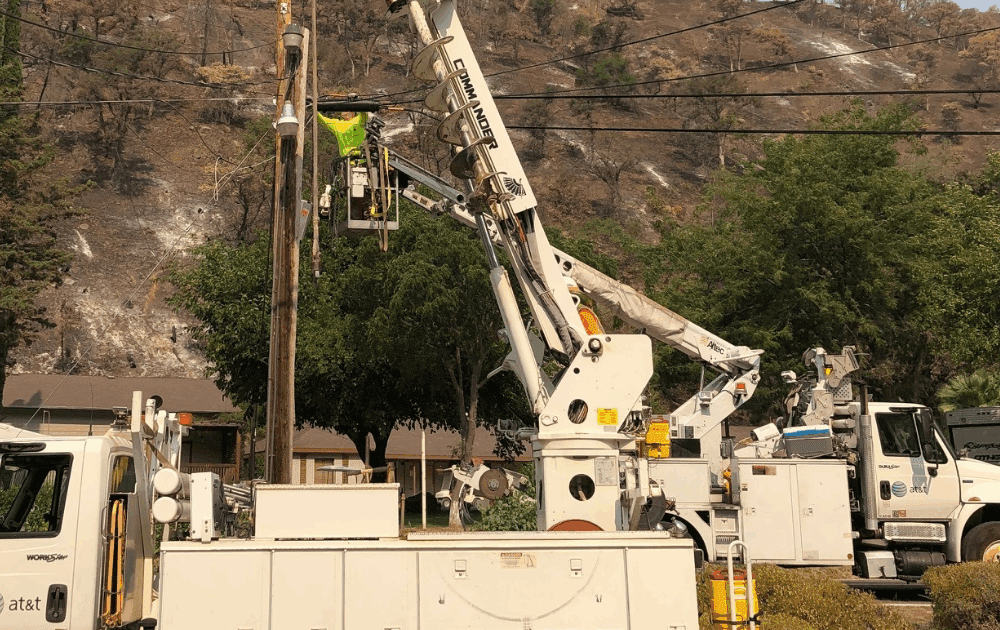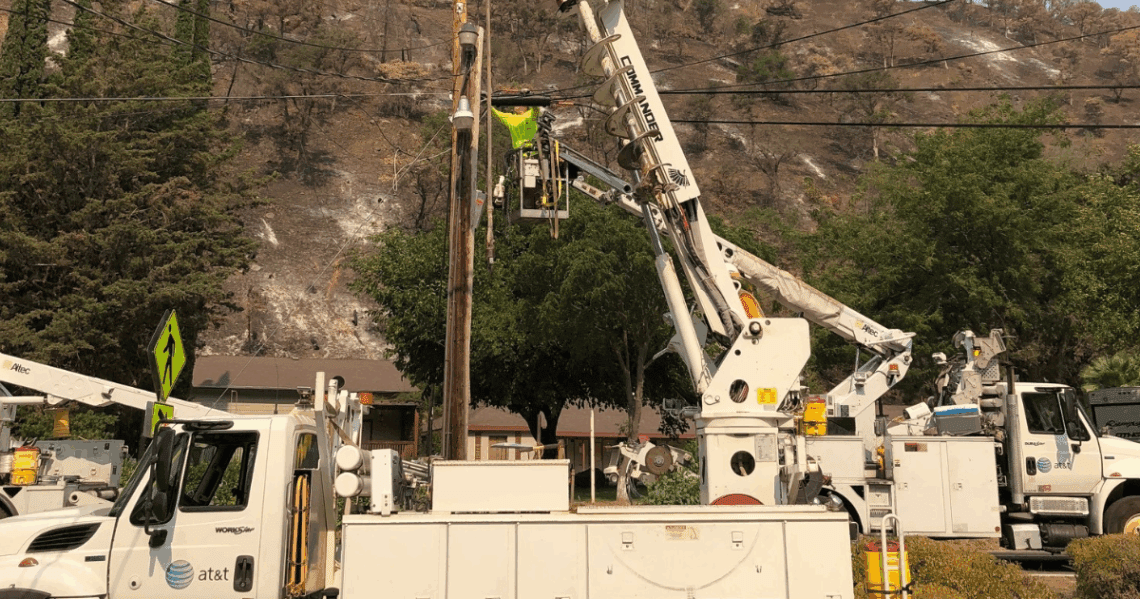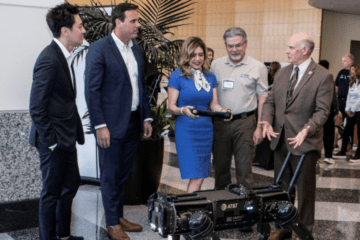Above-normal wildfire activity is forecasted for much of California in July and August, according to the National Interagency Fire Center. With millions of Californians – including first responders on FirstNet®, Built with AT&T, America’s public safety network – relying on AT&T for connectivity, we remain focused on keeping communities connected when it matters most.
With more than $1 billion invested over the past 30+ years, AT&T’s Network Disaster Recovery (NDR) program is one of the largest in the industry – focused on rapidly restoring connectivity in disaster-impacted areas. From hardening infrastructure and securing backup power to staging restoration equipment and coordinating with public agencies, we’re taking a proactive, all-hands approach to wildfire readiness.
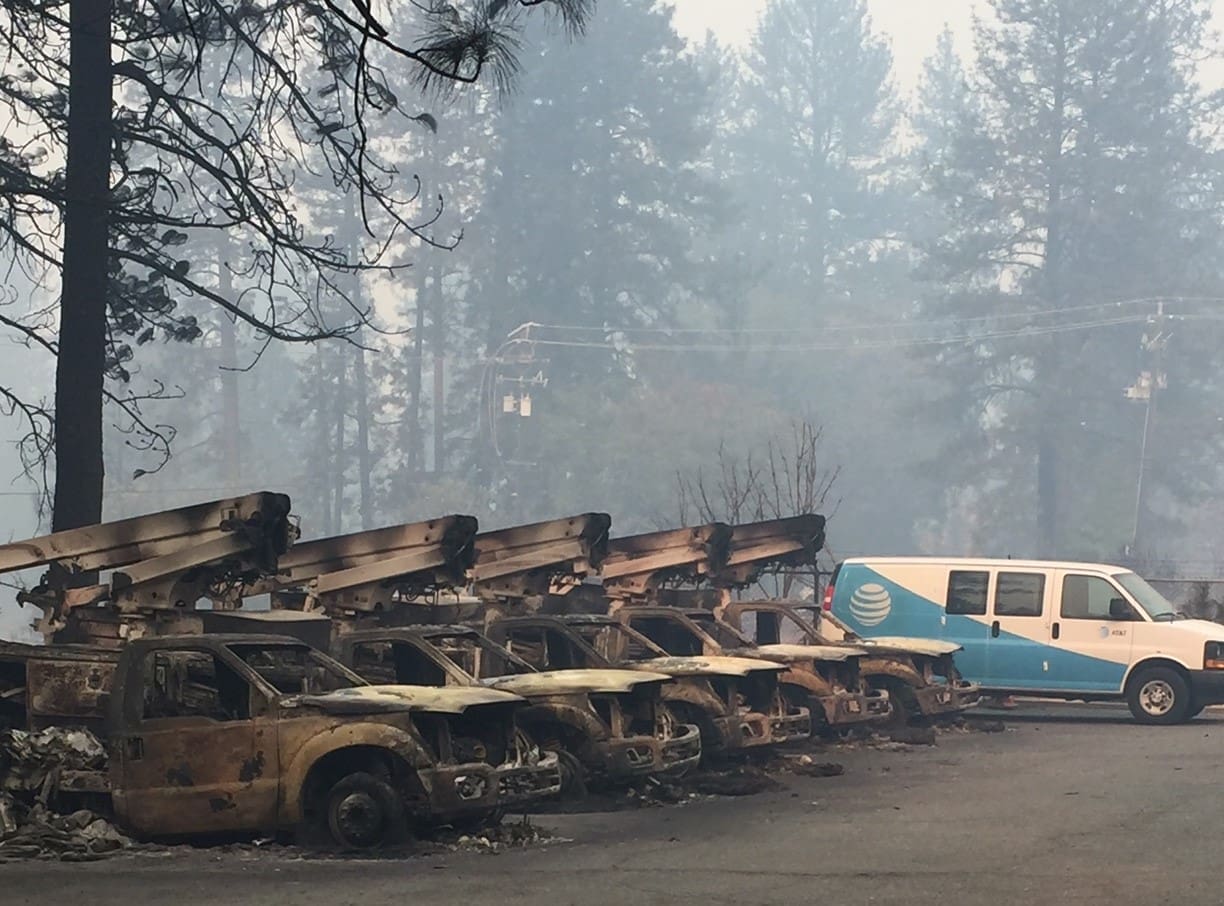
Strengthening Our Network Across California
AT&T conducts year-round training and simulations to help ensure our teams are ready to respond quickly when disasters strike. We’ve also implemented a range of proactive measures to strengthen our network against fire and high wind risks, including:
- Testing backup batteries and fueling generators at hundreds of wireless cell sites and switching centers across the state.
- Staging additional generators in fire-prone areas for rapid post-event deployment.
- Boosting wireless capacity in high-risk areas to handle surges in call volume during emergencies.
- Upgrading network equipment with more resilient technology.
These investments are guided by real-time fire risk modeling and coordinated through centralized command centers during peak wildfire season.
We know fires can happen fast. And we’re working to stay ahead by hardening sites, training teams and staging resources, while closely coordinating with public agencies and public safety partners long before the first spark.
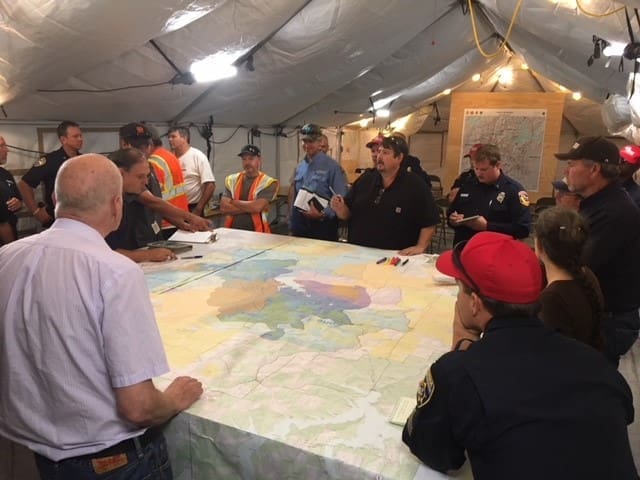
Public Safety Power Shutoff (PSPS) Readiness
AT&T is preparing for Public Safety Power Shutoffs (PSPS) – precautionary outages initiated by utilities to reduce wildfire ignition risk. In advance of these PSPS events, our teams:
- Proactively test and refuel on-site power systems.
- Deploy FirstNet liaisons in emergency operations centers to help ensure seamless coordination with first responders.
- Conduct early network load testing to handle increased call and data traffic during outages.
These steps are critical to keeping both the public and frontline responders connected when power is intentionally shut off for safety.
Prepared for Restoration – But Focused on Prevention
While AT&T is always prepared to restore services when damage occurs, our primary focus this year is on prevention. Still, when wildfires strike, our teams are ready to respond immediately with:
- Mobile cell sites, including CRDs (Compact Rapid Deployables), SatCOLTs (Satellite Cell on Light Trucks) and Flying COWs (drones).
- Emergency Communications Vehicles (ECVs) and technology trailers to support mobile infrastructure.
- Drone teams to assess damage and guide rapid restoration efforts.
These assets, combined with internal and external recovery crews, help us to keep Californians connected.
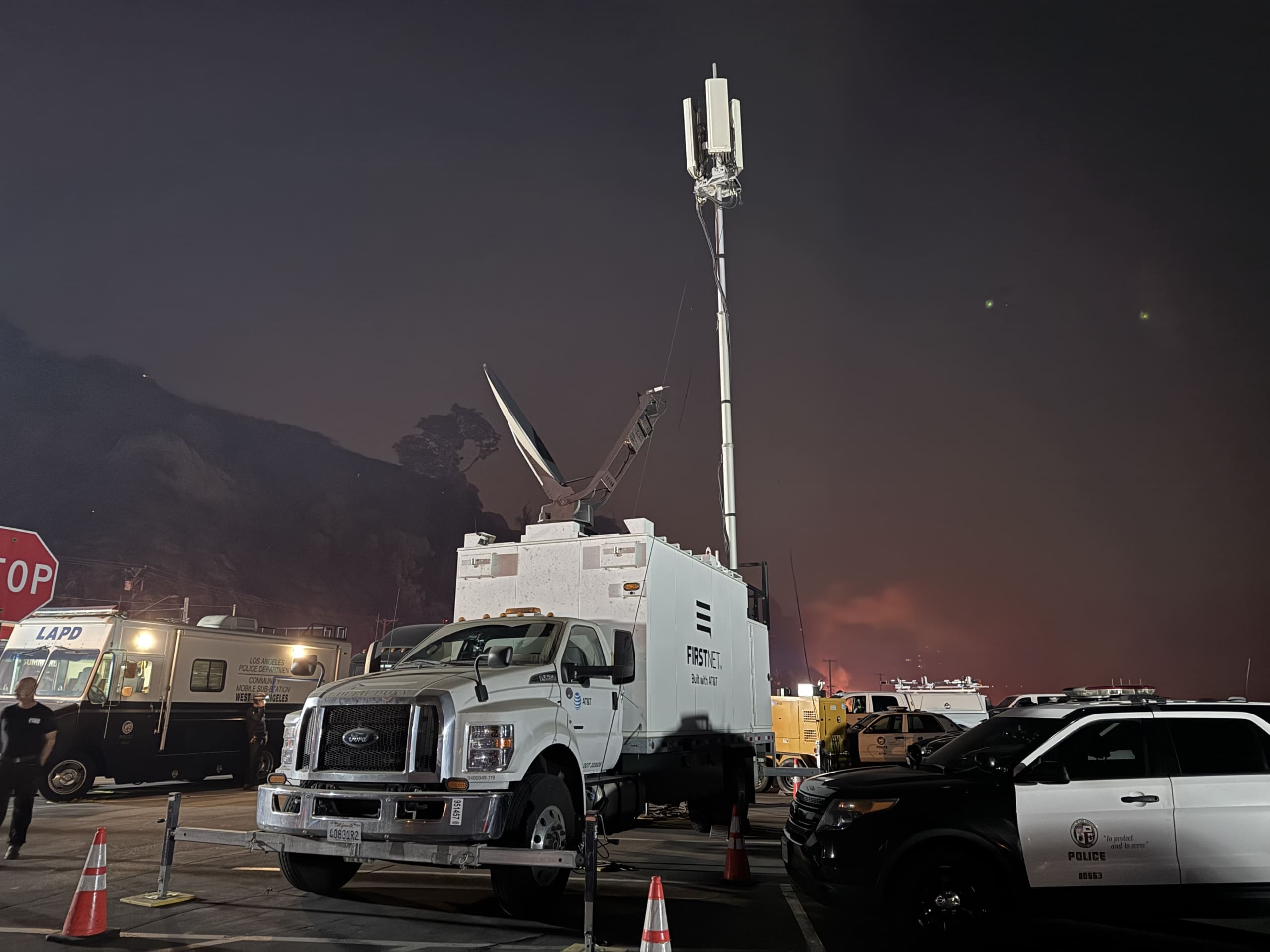
A Shared Responsibility for Resilience
Public safety is our top priority. Our wildfire readiness reflects a strong commitment to customers and California’s resilience goals.
We work closely with CPUC, Cal OES, and CAL FIRE – strengthening communities site by site and fiber by fiber. FirstNet delivers dedicated coverage for first responders, backed by our Response Operations Group™ and a nationwide fleet of 180+ dedicated deployable assets like Flying COWs, SatCOLTs and CRDs. Plus, with AT&T ESInet™, we’re modernizing 9-1-1 communications for communities and first responders, enabling faster response times, improved location accuracy and greater reliability.
Learn more about AT&T’s disaster recovery and wildfire readiness work.
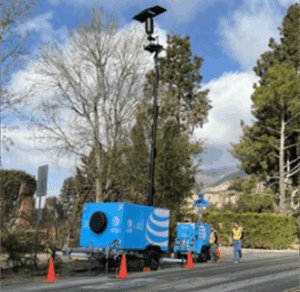
FirstNet and the FirstNet logo are registered trademarks and service marks of the First Responder Network Authority. All other marks are the property of their respective owners.

